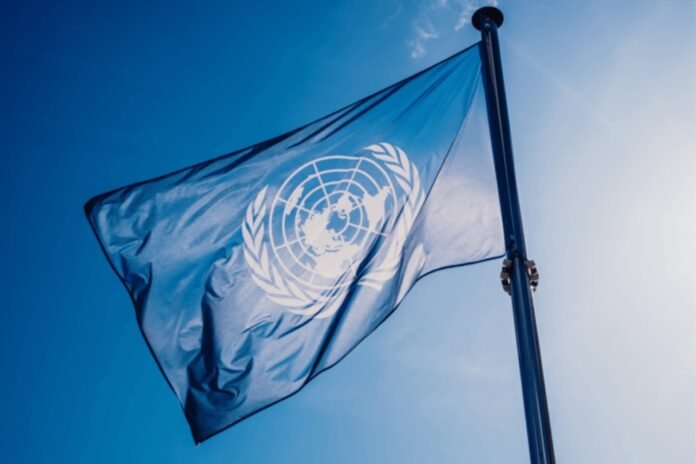
UN Human Rights Council Declares Healthy Oceans a Human Right in Landmark Plastic Pollution Resolution
In a groundbreaking move that cements the link between environmental degradation and human rights, the United Nations Human Rights Council (UNHRC) adopted a powerful new resolution on April 4, 2025, during its 58th session. The resolution boldly acknowledges the urgent need for a clean, healthy, and sustainable environment — and, for the first time, directly ties plastic pollution and ocean protection to the fundamental rights of individuals.
This historic decision signals a major shift in global environmental governance, as it calls on nations to adopt a human rights-based approach to tackling one of the planet’s most pressing ecological crises.
The Resolution in Context: A Wave of Change
The new resolution rides on the momentum of recent years, where the intersection of human dignity and environmental health has gained unprecedented international recognition.
- In 2021, the UNHRC formally recognized the right to a healthy environment.
- In 2022, the UN General Assembly reinforced this principle with its own resolution.
- And now in 2025, the Council goes one step further — weaving the protection of the ocean biome, the fight against plastic pollution, and the defense of human rights into one cohesive call to action.
Human Rights, Plastic, and the Planet
At the core of the resolution is a powerful assertion: plastic pollution, climate change, and biodiversity loss are not just environmental issues — they are human rights issues.
The oceans, often romanticized as nature’s vast wilderness, are reframed here as a vital biome that underpins human life. The resolution stresses that protecting marine ecosystems isn’t only about saving whales or coral reefs — it’s about safeguarding human dignity, health, and survival, especially for communities that live closest to the shorelines.
This new stance was heavily informed by a December 2024 report by the UN Special Rapporteur on human rights and the environment, which emphasized how closely human well-being is tied to the health of our oceans — particularly for coastal and small island communities.
A Human Rights-Based Approach to Ocean Governance
This is where the resolution truly sets sail into new waters. It urges UN member states to embrace a governance model that centers around:
- Participation of local communities
- Protection of vulnerable groups
- Inclusion, transparency, and accountability
This human rights-based approach isn’t just lip service. It means that environmental policies must be inclusive, must listen to those who are directly impacted, and must ensure that everyone — especially the most marginalized — has a seat at the table.
It also calls for coordinated, global action across the entire plastic lifecycle — from production and consumption to waste management and pollution cleanup.
Indigenous Knowledge: A Compass for Sustainability
One of the most vital — and long overdue — recognitions in this resolution is the role of Indigenous Peoples and local communities. Their traditional knowledge of sustainable resource use is now formally acknowledged as a key pillar in ocean governance.
This is a critical move. For too long, indigenous and community-based voices have been sidelined in global policy forums. The resolution now paves the way for their expertise to be integrated into environmental decision-making, ensuring policies are not only effective, but also equitable and culturally grounded.
Plastic Pollution in Focus
The resolution does not mince words about the devastating impact of plastic, particularly in marine environments. From choking marine life to disrupting food chains and affecting livelihoods, plastic waste is one of the most visible — and insidious — threats to both ecosystems and economies.
The Council emphasizes that the fight against plastic pollution must be global, cooperative, and centered around climate resilience and justice. It draws attention to the fact that the burden of this crisis is disproportionately borne by those least responsible — vulnerable communities in the Global South, coastal populations, and small island states.
What Comes Next?
With this resolution, the UNHRC has sent a clear message: environmental protection and human rights are inseparable. As nations negotiate legally binding global treaties on plastics and climate action, this resolution could serve as a moral compass and a strategic blueprint.
For activists, policy-makers, and communities alike, it opens the door for new advocacy tools, stronger legal frameworks, and a reinvigorated push toward environmental justice.
Final Word: A Sea Change in Perspective
The 2025 resolution may not eliminate plastic pollution overnight, but it does something just as important: it changes the narrative. The oceans are no longer seen merely as victims of human negligence — they are now recognized as a human rights frontier, and their protection is no longer optional. It is a global responsibility, and a moral imperative.
As the tides of international law shift, one thing is clear: a clean ocean is not just a dream — it’s a right.

